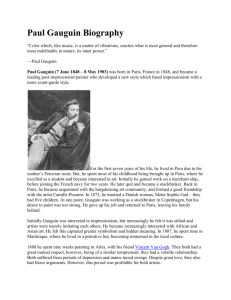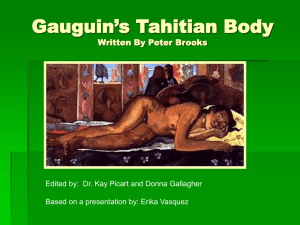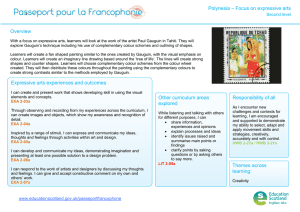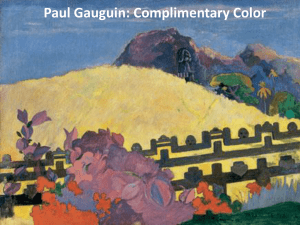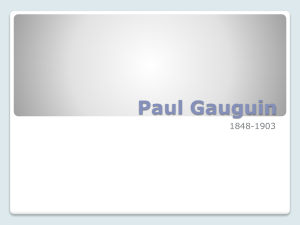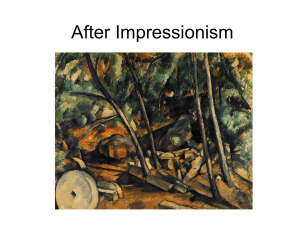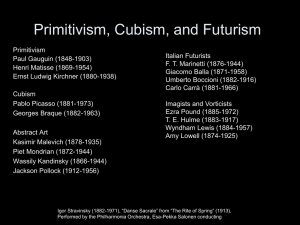Imaging Imperialism
advertisement
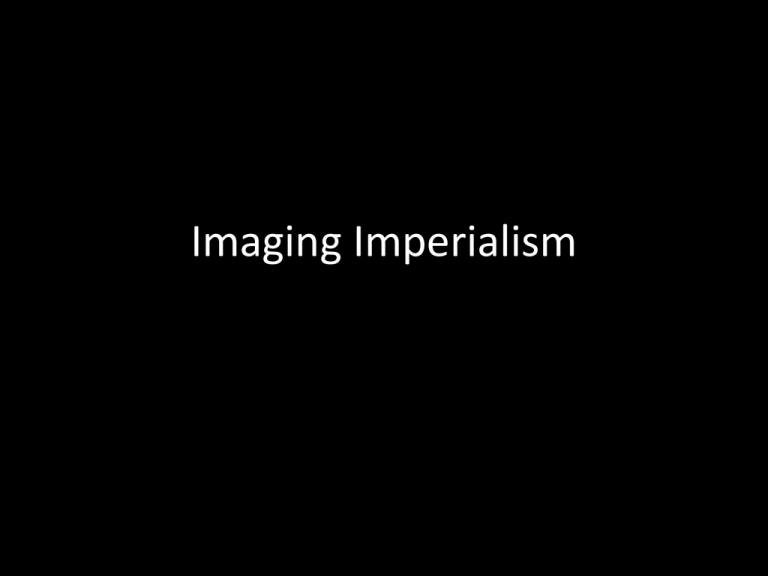
Imaging Imperialism Part I: Images of Colonial Jamaica Tim Barringer, Gillian Forester, and Barbara Martinez-Ruiz, Art and Emancipation in Jamaica: Isaac Mendes Belisario and His Worlds (New Haven: Yale University Press, 2007) 1655: Britain seizes Jamaica from Spain George Robertson, The Spring Head of Roaring River, 1775 Robertson’s patron: William Beckford of Somerley Peter Paul Rubens, The Watering Place, c. 1615-22 Claude Lorrain, Landscape with Dancing Figures, 1648 Term: picturesque Salvator Rosa, Landscape with Travelers Asking the Way, c. 1641 William Gilpin, Scene without picturesque adornment, ca. 1792 William Gilpin, Scene with picturesque adornment, ca. 1792 Images from: William Gilpin, Three Essays: On Picturesque Beauty, On Picturesque Travel, and On Sketching Landscape (1792) Thomas Gainsborough, The Watering Place, c. 1778 Term: enclosure George Robertson, The Spring Head of Roaring River, 1775 The Old Montpelier Estate Montego Bay From James Hakewill, A Picturesque Tour of the Island of Jamaica from Drawings Made in the Years 1820 and 1821, published in 1824 Adolphe Duperly, The Attack of the Rebels on Montpelier Old Works Estate, 1833 Terms: Christmas Rebellion or Baptist War, 1831; Emancipation Act, 1833 Adolphe Duperly, A View of Montego-Bay, Taken from Reading Hill, The Rebels Destroying the Road and Reading Wharf in Flames, 1833 Part II: Paul Gauguin and Tahiti 1840s: Tahiti becomes a French protectorate 1880: Tahiti becomes a French colony Universal Exposition, Paris, 1889 Palais des machines, Universal Exposition, Paris 1889 Egyptian Bazaar and Cairo Street, Universal Exposition, Paris, 1889 Gauguin imagining Tahiti in 1889: “With the money I’ll have, I can buy a native hut, like the ones you saw at the Universal Exposition. Made of wood and clay, thatched over (near a town, yet in the country). That costs next to nothing … I’ll go out there and live withdrawn from the so-called civilized world and frequent only so-called savages.” Brittany Gauguin, The Vision after the Sermon - - Jacob Wrestling with the Angel, 1888 Gauguin describing Tahiti: “Such a beautiful night it is. Thousands of persons are doing the same as I do this night; abandoning themselves to sheer living … The Tahitian soil is becoming quite French, and the old order is gradually disappearing. Our missionaries have already introduced a good deal of Protestant hypocrisy and are destroying a part of the country, not to mention the pox which has attacked the whole race ...” (Gauguin, letter to his wife Mette, 1891) Paul Gauguin, Vahine no te Tiare - - Woman with a Flower, Tahiti, 1891 Gauguin, Siesta, Tahiti, c. 1893 Gauguin, Where Do We Come From? Where Are We? Where Are We Going?, 1897
